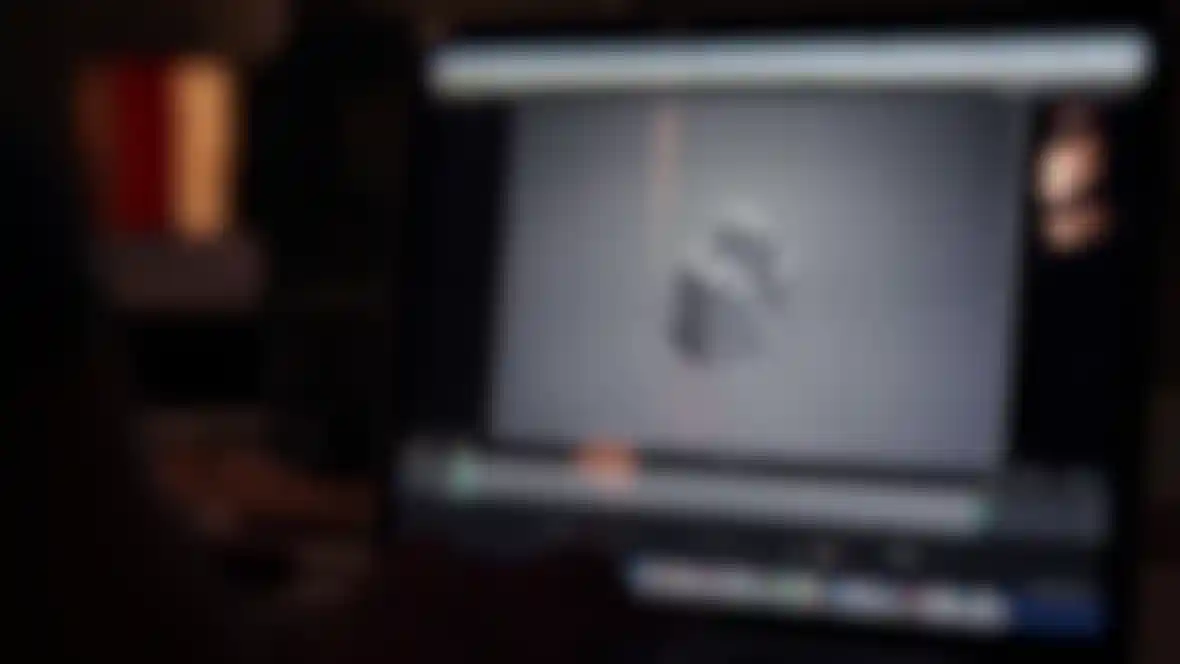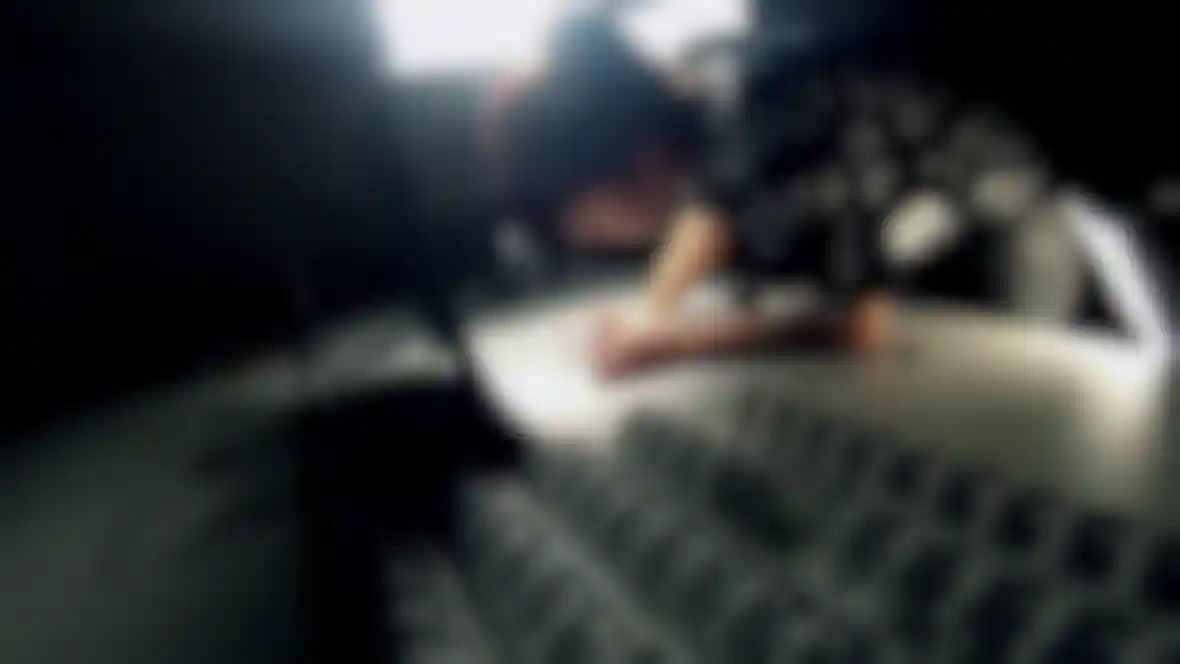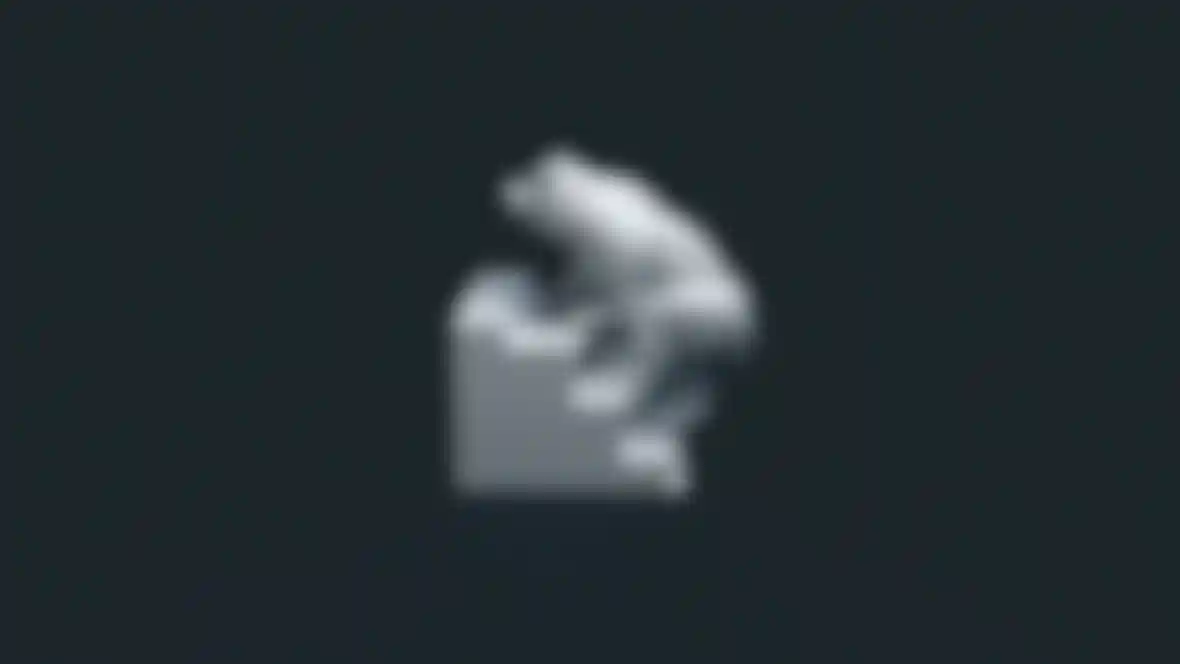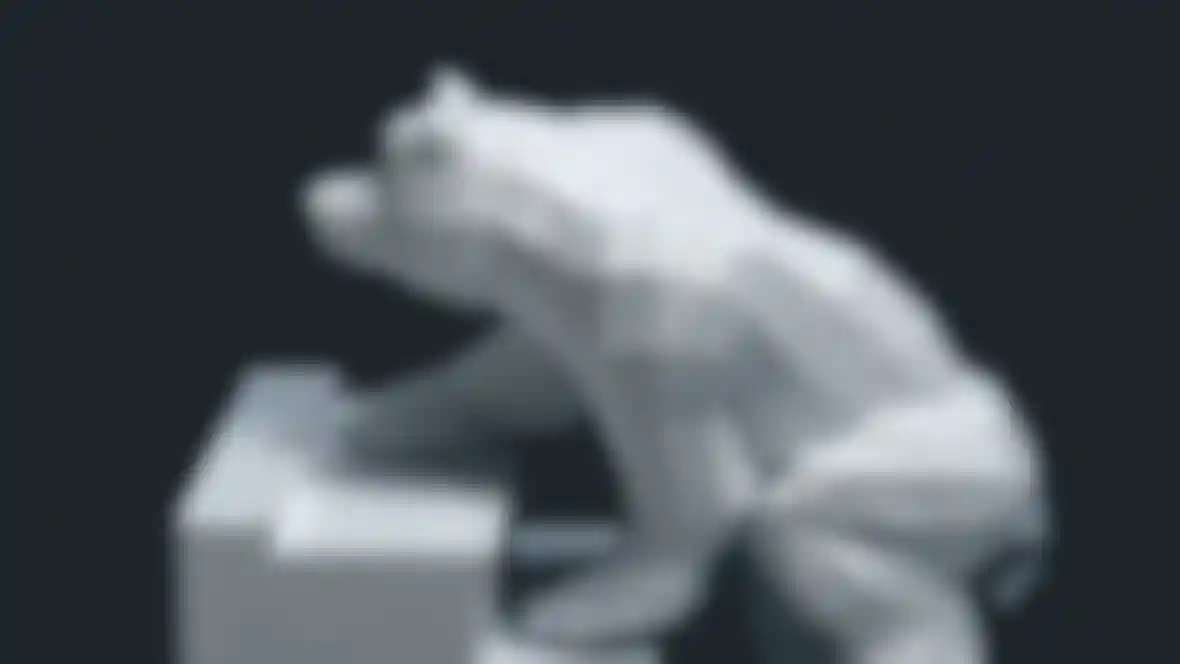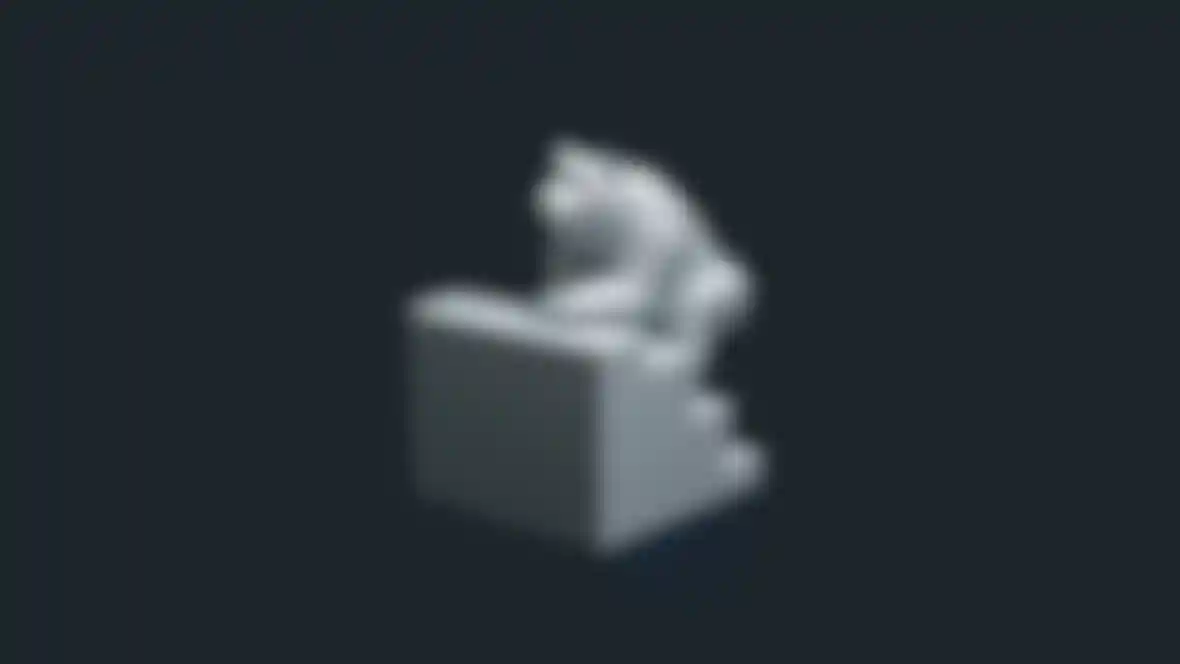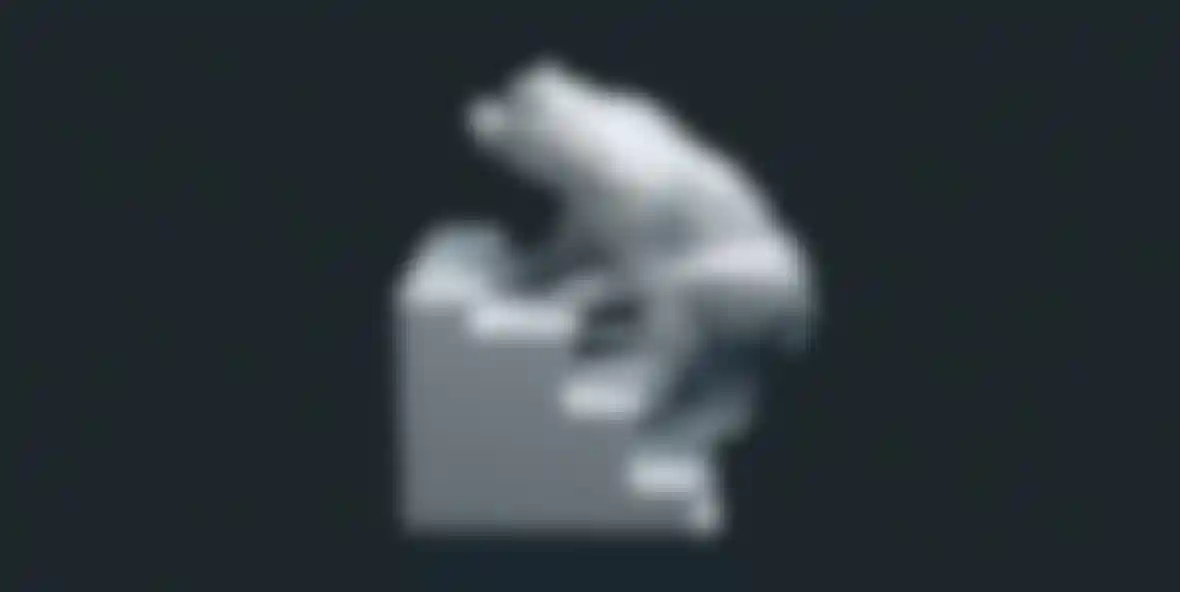
Bear Prints For their latest in-house project, creative agency DBLG turned to 3D printing as way of making their ideas solid.
Every now and then, London creative agency DBLG gives it artists free reign to explore new ideas and techniques: "It's a platform to experiment and above all have fun," says the company's founding director, Grant Gilbert.
Fascinated by the concept of 3D printing, the studio embarked on a project to explore the use of a stop-frame animation by physically producing every model in the sequence. "As a rule, everything we do is made and stays in a computer," explains Gilbert. "We were looking for a new studio project and liked the idea of making something physical out of the computer. We've always like the rawness of [Hungarian-born animator] George Pal and wanted to recreate it using modern techniques."
As the project was meant as a proof-of-concept, the decision was made to keep it relatively simple: the animation shows a bear climbing a downwards-moving escalator, effectively making the creature walk on the spot. "We aimed for a two-second, 50-frame animation loop," says Gilbert. "We started with the escalator animation and fitted the bear around it."
The tricky part was making the stairs loop, using a Boolean object to cut the Cloner into the right form. For each frame, the stairs were made into a single mesh and tidied up. "We had to make sure each model of the stairs had a clean closed mesh and the normals aligned in order to be properly printed," comments Gilbert.
The job of animating the bear's movement fell to Blue Zoo Productions, a BAFTA award-winning animation studio based in London. You may well have seen the lead character before: the polygonal grizzly starred in the rebrand spots for US TV channel, Animal Planet, seen trying to catch a fish and scratching his back on a tree.
The animated bear was then imported into Cinema 4D, where it was paired with the escalator. Each individual frame was then exported as an OBJ and printed using a Makerbot Replicator 2 - a desktop system currently available for just $2,000. "Each model takes approximately three hours", explains Gilbert, "and we only had one or two printing errors amongst the whole 50. To print the complete set took us nearly four weeks. It's a long time, but we're used to that when we render big files!"
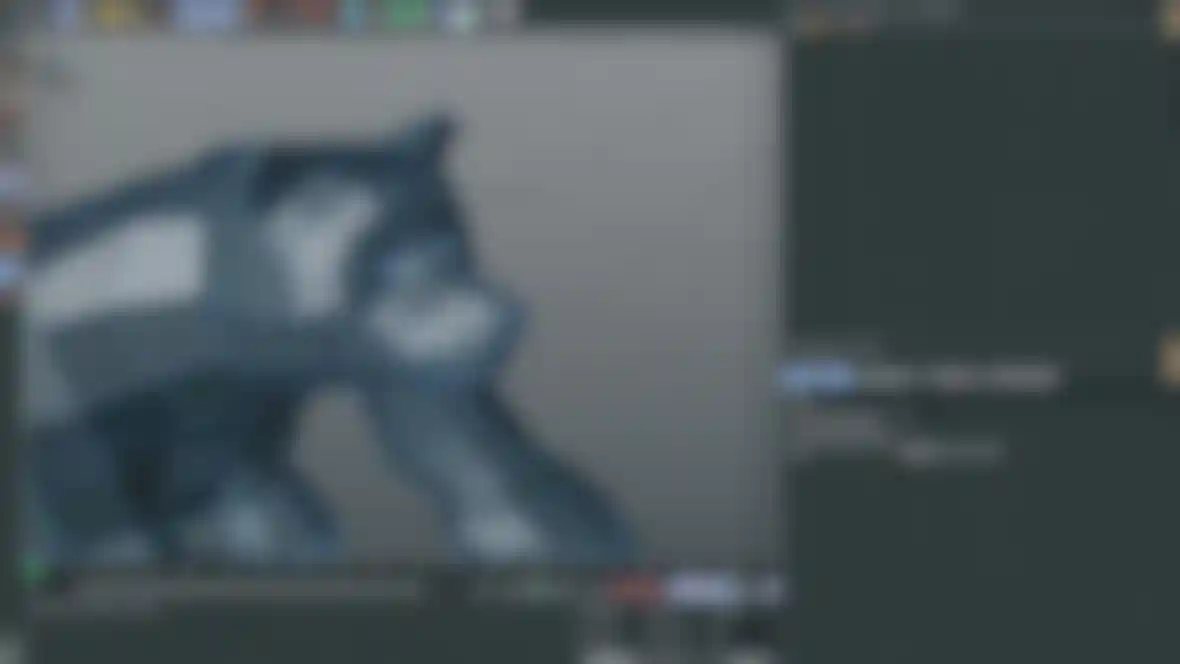
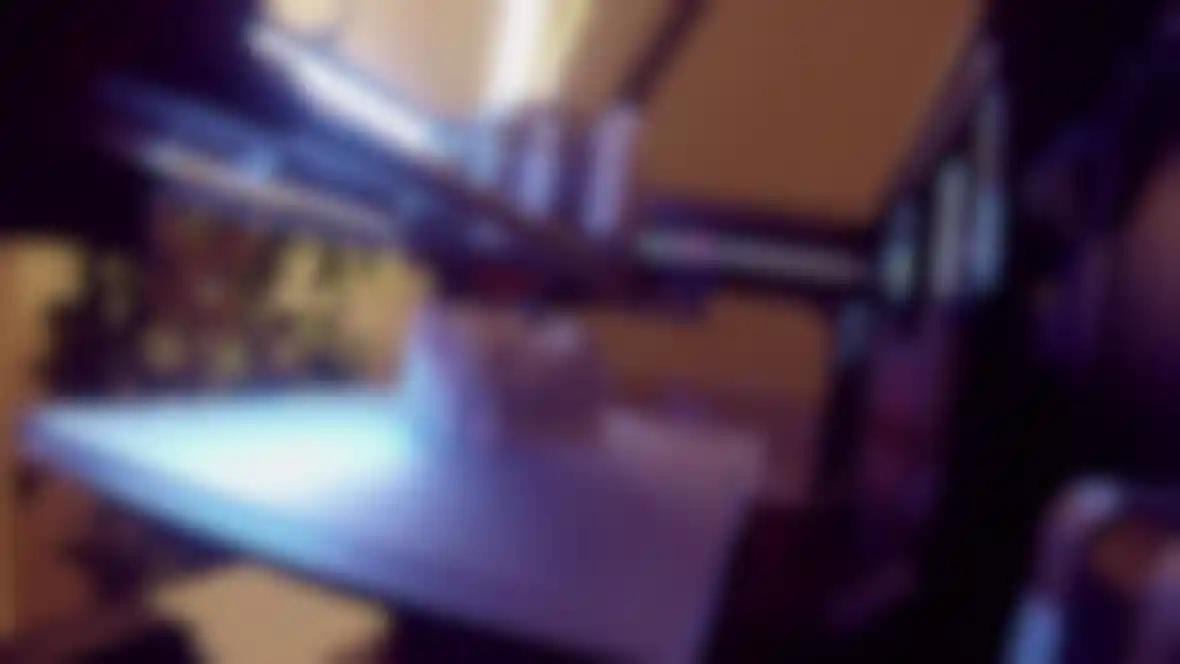
Once all 50 models had been printed, they were then tidied up to remove the excess plastic that supports the bear figure during the printing process. "We had to tweak the mesh here and there, but overall the printer dealt with it very well," says Gilbert. However, the process wasn't without its risks: "We kept the First Aid kit nearby at all times - taking the physical 3D printed bears off of the resin platform was hard work because they stick to the surface. Every time we cut a finger or hurt ourselves, we used to say something like 'I feel alive'. We're so used to computer animation, doing something tangible for a change was very refreshing."
Successive models were positioned on a small lighting stage and photographed using a Canon EOS 5D SLR connected to a laptop running Dragonframe - a dedicated stop-frame application, used by top studios such as Disney and Aardman. The resulting animation was edited and set to music, and then released to the world. The charming sequence quickly went viral, garnering coverage on loads of tech and creative sites. "It's been incredible PR for us," Gilbert admits. "We've been completely overwhelmed by the response. We've had articles written about the project in Time Magazine, Gizmondo, Wired, Creative Review, The Creators Project and The Verge to name but a few…"
3D printed objects have been used in stop-frame animated shorts for several years, and the Laika movie ParaNorman employed the process to create Norman's varied facial expressions. So while the concept isn't entirely new, DBLG's looping animation is wonderfully hypnotic. "We had no idea that the technique would work as well as it did," comments Gilbert.
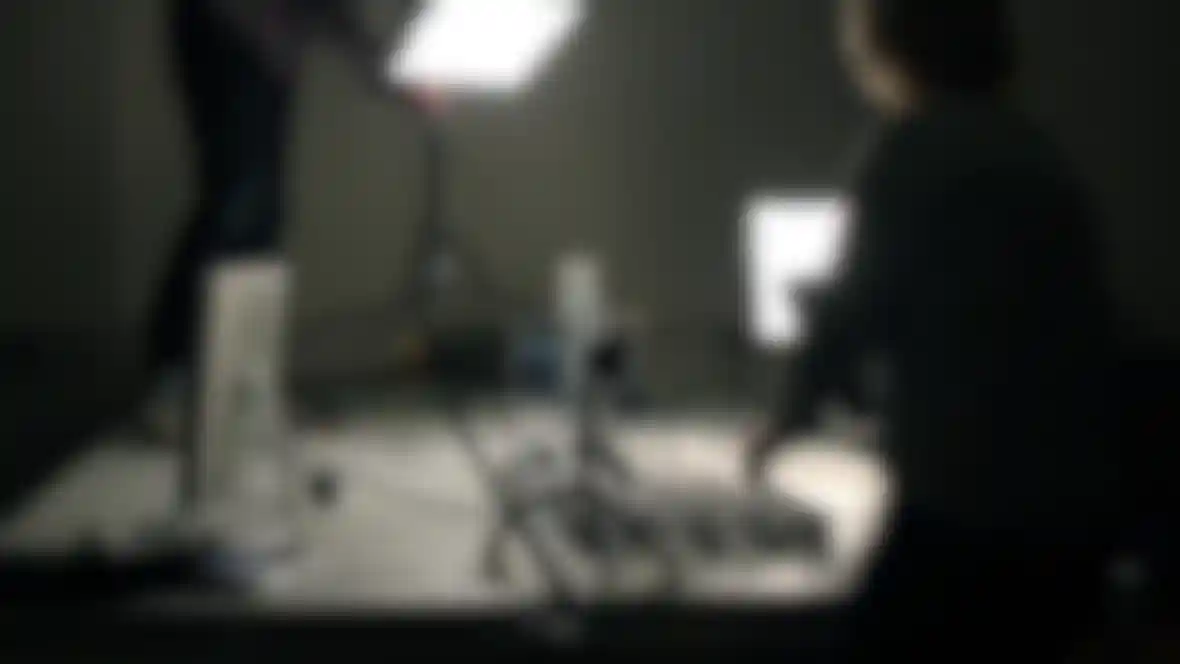

The studio had "amazing feedback" from the 3D printing community, though, bizarrely, some animators wanted to know why the studio hadn't just produced the sequence as CG. "That wasn't the point," says Gilbert bluntly. "Anyone can do that, we wanted to get our hands dirty and make something real." He cites the project's physicality as the best part of the process: "People can't help but pick it up and touch it."
DBLG and the crew have been thrilled with the success of Bears on Stairs, and it's certainly given them inspiration for future assignments. Indeed, there's the possibility of an extended version of the animation in the works. "We learnt a lot about improving the models from Cinema 4D to get the best 3D print," says Gilbert. "We're really keen to develop the technique and explore ways of taking the process to the next level."
DBLG website:
dblg.co.uk
